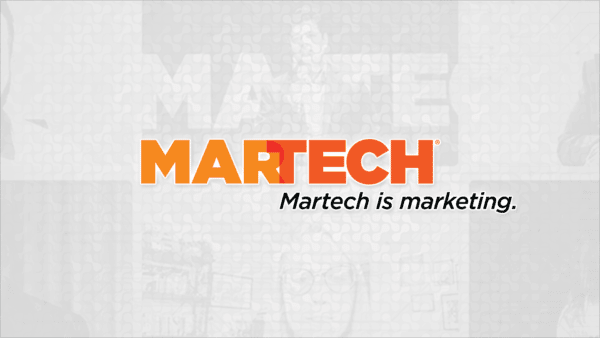What is marketing work management, and how do these platforms support agile marketing?

Marketing work management platforms help marketing leaders and their teams structure their day-to-day work to meet their goals on deadline and within budget constraints, all while managing resources and facilitating communication and collaboration. Functions may include task assignments, time tracking, budgeting, team communication and file sharing, among others.
Digital marketing - involving everything from search engines to social media to display ads to email to mobile apps and more - is a complex endeavor, whether marketers are in-house at a brand or employed by an agency. Enterprise marketing work management tools can offer significant benefits that help marketers get a handle on their work and better communicate with colleagues, including the following:
- More efficient management of global operations. Marketing work management tools can help distributed employees coordinate with each other, allowing for accountability and consistency across markets. Some tools specifically support collaboration and approval processes geared toward marketing collateral.
- Ease and transparency of reporting. Though it's possible to use manually updated spreadsheets to manage projects, they don't offer the native reports and dashboards offered by marketing work management tools. Most of these platforms offer highly customized reporting capabilities that are widget- and wizard-driven to make reporting faster and easier.
- Visualizations that aid in planning and resource allocation. Most marketing work management tools provide visualizations that allow marketers to see multiple projects at a glance, allowing them to adjust schedules or tasks as necessary to avoid overtaxing, or underutilizing, resources.
- Improved coordination with clients and other stakeholders. Many tools allow "guest" access or other flexible permission structures that allow for the sharing of some information while other aspects are hidden. This is especially helpful for marketers working at agencies or as outside consultants, because they can document what they need to within the tool, without being concerned about appearing less than professional when the client logs in and sees their own view.
- Digital asset management and file sharing. Most marketing work management tools allow users to upload files or link to them in cloud storage, serving as something of a DAM "lite". Some are even integrated with a full-fledged DAM or creative suite, allowing creatives developing marketing assets to do their work, obtain reviews and approvals, while also tracking the status of the work for other stakeholders.
- More seamless communication with development team and other groups. Digital marketing initiatives often include a technological aspect that calls for the talent of developers. When marketers and developers are in different functional departments, but utilize the same marketing work management tool, their work together runs with fewer hitches. The same applies to any other department with which marketing interfaces.
- Easier tracking of billable hours and human resource management. Many tools track the time that has elapsed while an assignee works on a task, allowing agency account managers to easily tally up the number of hours spent on a particular client's projects. This feature can also help managers keep an eye on employee productivity levels.
- Clear accountability that keeps tasks from slipping through the cracks. The heart of most marketing work management tools is some version of a to-do list where discrete tasks can be assigned to the person or group that is responsible for accomplishing it. By using dependencies functionality and tracking these tasks, managers can eliminate hold-ups and miscommunication about what is expected.
- Automation of repetitive tasks. Many tools allow for the creation of templates or reproducible sets of tasks that can help avoid tedious repetition. If an agency has an onboarding process, or a regular check-up process, that it follows with each one of its clients, a manager can create the structure for that process once and re-use it every time the use case arises. Additionally, some tools include recurring tasks that can be used to document processes that occur at regular intervals.
-
 NuadazanNuadazan
NuadazanNuadazan NuadazanPosts: Threads: Thanks: Account age: less than a second
NuadazanPosts: Threads: Thanks: Account age: less than a second-
[ 0 ] Thank this user - 1 reply
-

 WF- EnzoPosts: Threads: Thanks: Account age: less than a second
WF- EnzoPosts: Threads: Thanks: Account age: less than a second-
[ 0 ] Thank this user
Signature
-
-
-
 adolfdelbertadolfdelbert
adolfdelbertadolfdelbert adolfdelbertPosts: Threads: Thanks: Account age: less than a second
adolfdelbertPosts: Threads: Thanks: Account age: less than a second-
[ 0 ] Thank this user
-